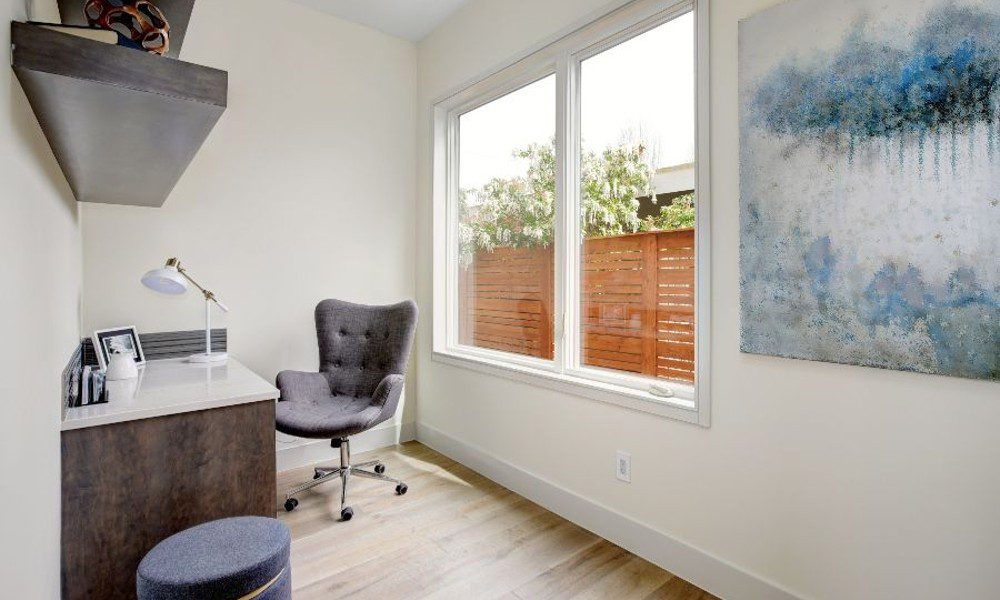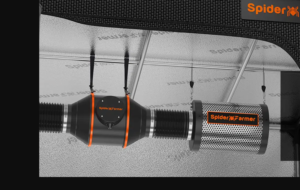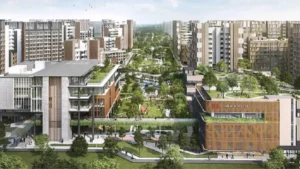Indoor air quality directly impacts resident health, comfort, and overall well-being within apartment communities located within Springleaf Residence. Air quality issues can lead to respiratory problems, allergies, and general discomfort, while optimal air conditions create healthier living environments. For multi-unit residential buildings, addressing air quality requires structural approaches and individual resident actions working in concert. Implementing effective strategies involves identifying common contaminants, building ventilation systems, and adopting practical solutions within existing architectural constraints while delivering measurable improvements for all occupants.
Fresh air circulation mastery
Proper airflow is the foundation of indoor air management in apartment settings. Older ventilation systems often operate below optimal efficiency due to accumulated dust, improper maintenance, or outdated designs that no longer meet current standards. Residents can benefit from building-wide and unit-specific ventilation improvements that increase fresh air circulation without compromising energy efficiency. Professional HVAC assessment often reveals opportunities to upgrade existing systems through filter replacements, duct cleaning, or strategic modifications that improve air exchange rates. Within individual units, ensuring that vents remain unblocked by furniture and regularly replacing air filters substantially improves ventilation effectiveness. The strategic placement of fans near windows during favourable weather conditions creates natural cross-ventilation that reduces contaminant buildup without increasing utility costs.
Particle capture technology
- High-efficiency particulate air (HEPA) filters capture microscopic particles, including pollen, dust mites, and pet dander
- Activated carbon filters absorb odours, smoke, and certain volatile organic compounds
- Ultraviolet germicidal irradiation systems neutralize biological contaminants, including bacteria and viruses
- Electrostatic filters attract charged particles through opposite electrical attraction
- Filter monitoring systems provide alerts when replacement becomes necessary
The strategic deployment of filtration technologies creates measurable air quality improvements in apartment settings. Portable air purifiers with multiple filtration stages offer flexibility for residents to address specific concerns within their units without requiring building-wide modifications.
Moisture balance tactics
- Dehumidifiers prevent moisture buildup during summer months when exterior humidity levels rise
- Humidifiers add necessary moisture during winter heating seasons when the air becomes excessively dry
- Bathroom exhaust fans remove shower steam that would otherwise contribute to mould growth
- Kitchen ventilation systems capture cooking moisture that otherwise spreads throughout living spaces
Proper humidity management prevents mould growth from excessive moisture and respiratory irritation from overly dry conditions. The ideal humidity range between 30-50% creates comfort while minimizing conditions favourable to common indoor air contaminants, including dust mites and mould spores.
Leafy air cleaners
- Boston ferns excel at removing formaldehyde while thriving in indirect light conditions
- Snake plants absorb nitrogen oxides and produce oxygen during nighttime hours
- Peace lilies remove multiple airborne toxins, including benzene and trichloroethylene
- Spider plants rapidly propagate while filtering carbon monoxide and xylene
- Bamboo palms thrive in low light while removing multiple chemical compounds
Incorporating specific houseplants creates living air purification systems that continuously improve air quality while adding aesthetic value to apartment spaces. Strategic placement throughout living areas maximizes their effectiveness while making visual connections to nature, offering additional wellness benefits.
Switching to non-toxic cleaning alternatives, selecting low-emission furniture, and modifying cooking practices through improved ventilation prevent these contaminants from entering the living space initially. This proactive approach reduces the burden on filtration systems while creating healthier baseline air conditions throughout apartment units. Regular maintenance checks should include inspecting water leaks that could lead to mould growth, assessing building materials for potential contaminant sources, and verifying that exhaust systems function correctly in kitchens and bathrooms where moisture and pollutants concentrate.




